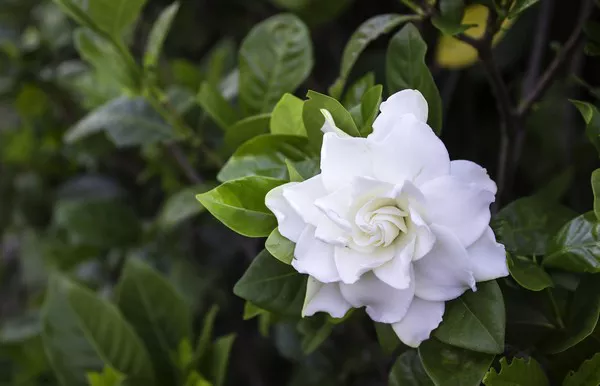Orchids, with their stunning and intricate blooms, are renowned for their beauty and elegance. However, it can be perplexing when your orchid produces leaves but fails to produce any flowers. This article explores the reasons behind this phenomenon and provides potential solutions to encourage your orchid to bloom.
The Orchid Growth Cycle
Before delving into the reasons for leaf growth without flowering, it’s important to understand the typical growth cycle of orchids. Orchids go through distinct stages:
1. Growth Phase
During this phase, the orchid produces new leaves and roots. This stage is crucial for building energy reserves that will later support flowering.
2. Resting Phase
After the growth phase, orchids enter a resting period during which they prepare for flowering. This phase requires a change in environmental conditions, such as temperature and light exposure.
3. Flowering Phase
With proper care and the right conditions, orchids will enter the flowering phase, showcasing their exquisite blooms.
Causes of Leaf Growth Without Flowering
Several factors could contribute to your orchid producing leaves but not flowers:
1. Immaturity
Young orchids might focus their energy on developing a robust root and leaf system before allocating resources to flower production. Some orchid varieties can take several years to reach the maturity necessary for consistent flowering.
2. Insufficient Light
Orchids require specific light conditions to trigger flowering. Inadequate light, whether too dim or too intense, can hinder flower formation. Each orchid variety has its own light preferences, so it’s crucial to research your specific orchid’s needs.
3. Inadequate Nutrients
A lack of essential nutrients, particularly phosphorus, can impede flowering. Orchids require a balanced fertilizer regimen to ensure they have the nutrients needed for both leaf growth and flower production.
4. Improper Temperature
Temperature fluctuations play a significant role in orchid flowering. Many orchids need a temperature drop between day and night to initiate flower buds. Failure to provide these temperature fluctuations can lead to leaf growth without flowers.
5. Overcrowded Roots
When an orchid’s roots become overcrowded within its pot, it may prioritize root growth over flowering. Repotting your orchid into a slightly larger container with fresh growing medium can help alleviate this issue.
6. Improper Resting Period
Orchids need a resting phase to transition from the growth phase to the flowering phase. If the environmental conditions don’t simulate the orchid’s natural habitat, it might not enter the flowering stage.
Solutions to Encourage Flowering
To encourage your orchid to transition from leaf growth to flowering, consider these strategies:
1. Provide Adequate Light
Research your orchid’s light requirements and position it accordingly. Consider using a grow light if natural light is insufficient, especially during the winter months.
2. Optimize Nutrient Balance
Feed your orchid with a balanced fertilizer that includes essential nutrients, especially phosphorus. Follow the recommended feeding schedule for your orchid variety.
3. Monitor Temperature
Create the right temperature conditions to trigger flowering. Some orchids require a temperature drop of around 10-15°F (5-8°C) between day and night.
4. Repot When Needed
If you notice crowded roots or a decline in plant health, consider repotting your orchid. Choose an appropriate pot size and a well-draining growing medium.
5. Ensure Rest Period
Mimic the natural seasonal changes by adjusting temperature and light conditions to encourage your orchid to go through its resting phase.
6. Patience and Consistency
Remember that orchids are sensitive plants that require time to adjust and respond to changes. Consistency in care, along with a little patience, can lead to successful flowering.
Conclusion
If your orchid is producing leaves but not flowers, it’s essential to assess various factors that might be influencing its growth cycle. Orchids are intricate and diverse plants, each with its own set of requirements for optimal growth and flowering. By understanding the growth cycle of orchids and providing them with the appropriate care, you can increase the likelihood of seeing those exquisite blooms that orchids are celebrated for.


